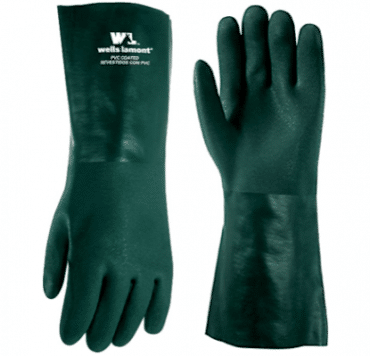Your knowledge is almost everything you need when it comes to survival an emergency, prepping, and homestead, particularly in 2023. Another thing is your survival gear in your emergency backpack and the ability to use it properly. You may have all the needed tools and materials but be unable to utilize them for your own good. Read the article and find out more about bleach to be able to deal with it during your survival or homestead struggle. Boost your survival skills to promote your survival.
Cleaning your household is not only necessary in terms of aesthetics but also essential for hygiene. We all know that one should broom up at least once a week, but how many of us care about sanitizing? Which products should we use? How do we need to use them, right? Let’s find out.
First introduced at the beginning of the 20th century, bleach has served as a perfect substance for removing stains, whitening sheets and tile grout, getting rid of mold, and cleaning toilets. But, what is even more important, it turned out to be a wonderful tool for sanitizing and disinfection.
There are numerous quantities of harmful bacteria where you live. However, you can use one of the EPA-approved disinfectants to protect yourself. According to the WHO, killing germs by using bleach can be a good way of disease control. In this article, we’ll study how to use household bleach safely and effectively.
CDC Disinfecting Recommendations
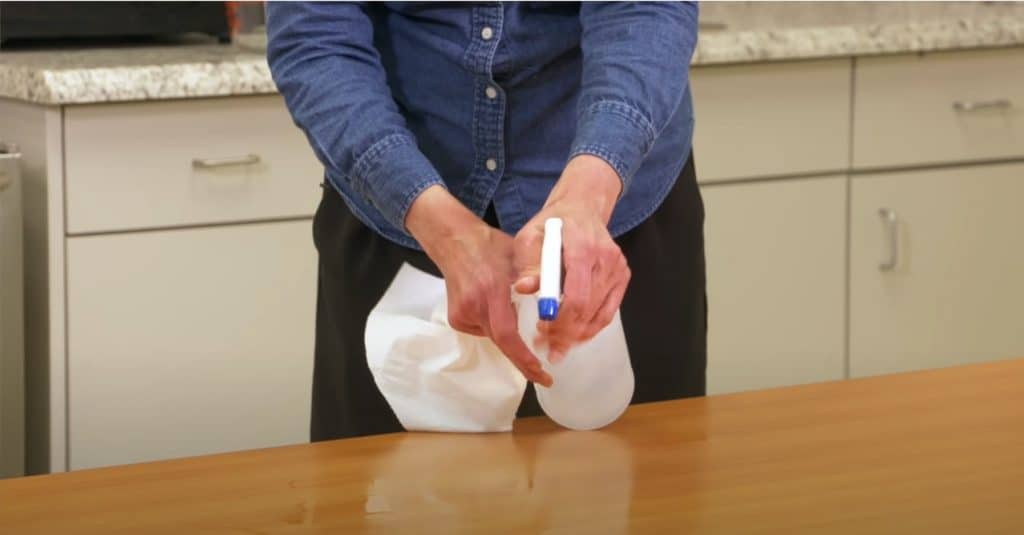
Below are their instructions on preparing an effective bleach solution for COVID 19 control and prevention. CDC experts say:
- Always check that the product is not past its expiration date;
- Don’t mix bleach with ammonia or any other cleaner;
- Use rubber gloves to protect your skin from the active ingredient of bleach.
CDC mentions that alcohol and any EPA-registered disinfectants can be used to sanitize as well.
How to Disinfect Food Surfaces
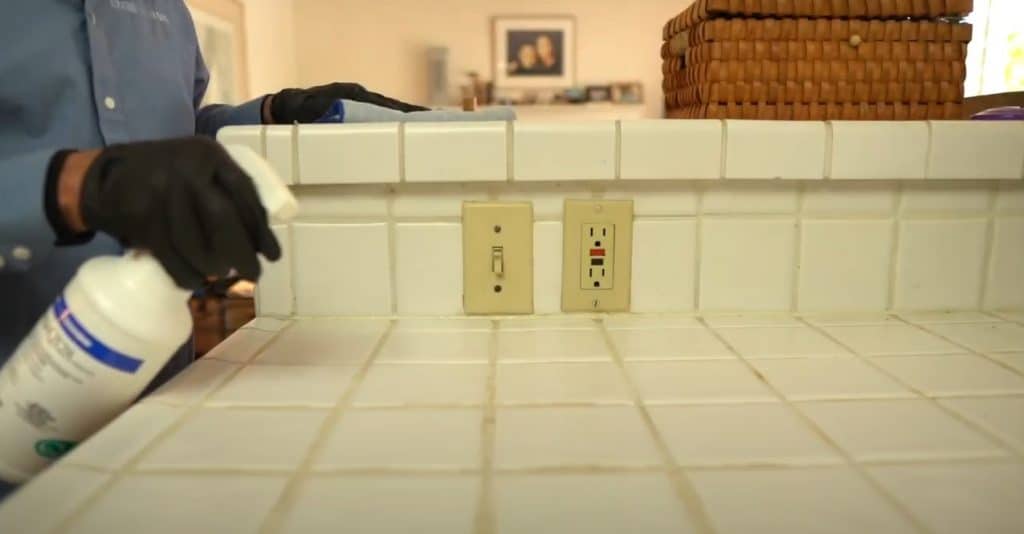
You have to take care of regularly:
- Countertops;
- Cutting boards made of plastic;
- Glassware;
- Cutlery;
- Dishes;
- Pet bowls;
- And other utensils.
Make sure to carefully read the product you’ve purchased label to see whether it’s appropriate for disinfecting. Then, follow these instructions to sanitize the food surface:
- Wash it with a regular cleaner of your preference;
- Add water to bleach, keeping the right proportions in mind;
- Apply the freshly-made bleach solution;
- Leave it for at least two minutes;
- Drain well;
- Air-dry;
- Allow appropriate ventilation.
Proportions
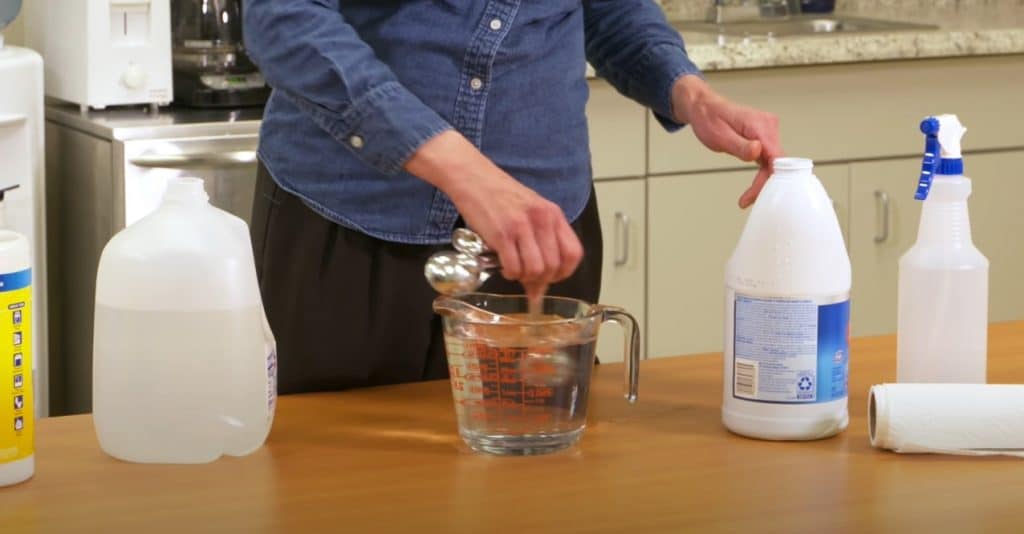
- 3 teaspoons of bleach/1 gallon of water
- 3/4 teaspoon of bleach/a quart of water
- 1/3 teaspoon of bleach/a pint of water
You can use the bleach you think is good, though we recommend looking into the products of the Clorox company, which are considered to be high quality and reasonable price.
How to Disinfect Non-Food Surfaces
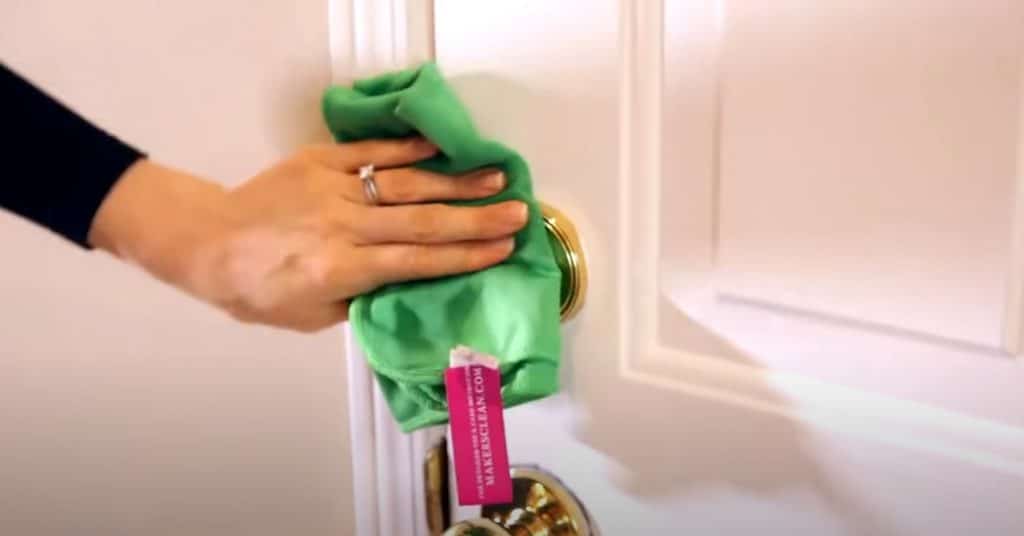
- Bathtub;
- Toilet;
- Sink;
- Faucets;
- Tiles;
- Flooring;
- Light switches, etc.
Why use bleach?
It is advisable to sanitize them at least once a week to maintain a healthy household, especially during the epidemic of COVID 19. This is how you get and use the bleach solution:
- Wash the surfaces the regular way (a cleaning product of your choice and water will be enough);
- Prepare bleach with a 6% Sodium Hypochlorite concentration;
- Make a mixture of bleach and water;
- Apply the freshly mixed solution to the sinks, walls, floors, and other surfaces that need disinfecting and let it soak;
- Wait for the mixture to work (the contact time should be at least five minutes);
- Rinse and air-dry;
- Ensure allowing proper ventilation.
Proportions
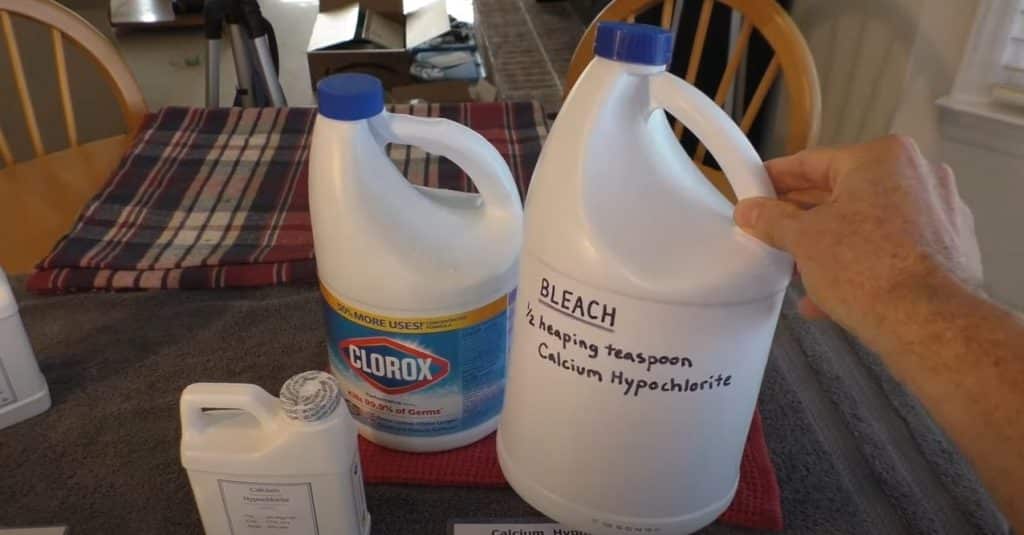
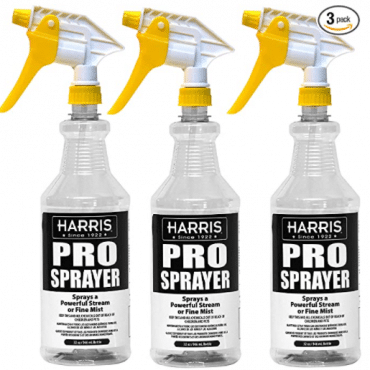
- 1 cup of Clorox Regular Bleach per 5 gallons of water
- 3/4 cup of Clorox Regular Bleach per 1 gallon of water
- 3-4 tablespoons of Clorox Regular Bleach per 1 quart (four cups) of water
- 4 teaspoons of bleach per pint (two cups) of water
If you want to use a spray bottle for disinfecting surfaces with a bleach solution, opt for a pro bottle that will be able to withstand the bleach over time, such as HARRIS Pro 32-ounce. Measure 8 teaspoons of bleach for this spray bottle size.
Necessary to Mention
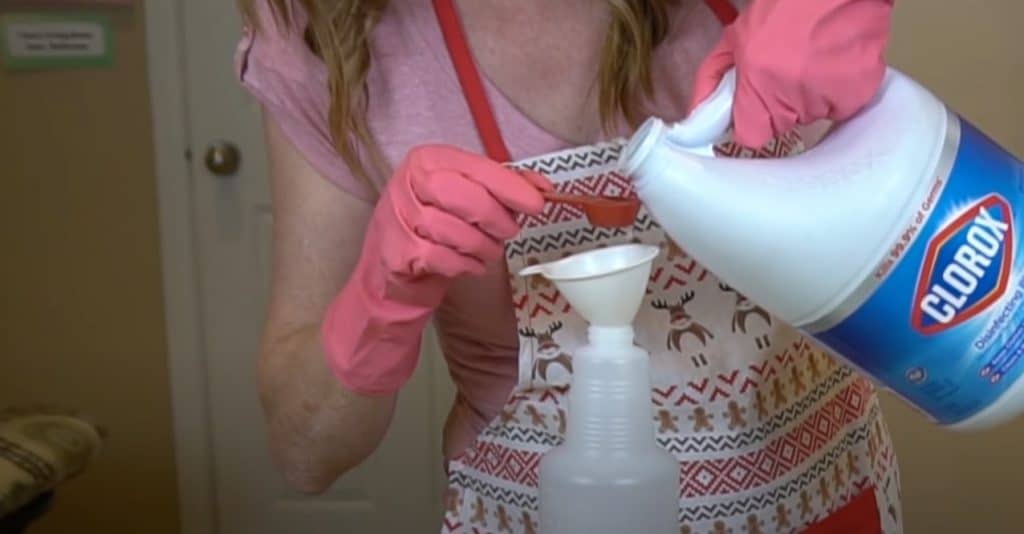
Diluting bleach requires wearing protective gloves.
It would help if you also remembered that bleach could discolor fabrics, so make sure not to wear any clothes you wish to save for going out. Be careful not to consume bleach — this might potentially lead to death.
Frequently Asked Questions (FAQ)
Is bleach good for water purification?
Using a certain formula is suitable for making drinking water. On the one hand, it is a reasonable decision in critical cases. On the other hand, you should be aware of potential hazardous effects on your health. It is also necessary to mention that consuming bleach is absolutely not acceptable and can potentially lead to intoxication and death.
Which bleach is most appropriate for sanitizing?
Opt for the bleach that contains not more than 10% of sodium hypochlorite. You can buy any bleach in your local shop. One of the most popular high-quality products you might wish to consider is Clorox.
Will bleach kill coronavirus?
The Centers for Disease Control affirm that sanitizing with bleach is effective against COVID 19. To protect yourself and your family, use 1 cup of bleach per 5 gallons of water.
Should I prepare a fresh bleach solution every time I want to sanitize?
The answer is yes. It is well-known that temperature or light can make diluted bleach degrade. Thus, its active ingredient will break down into salt and water over time, making sanitizing procedures ineffective. Therefore, mixing a new bleach solution each time you need to kill the germs on surfaces is highly advisable. If you still want to store the diluted bleach, label it using a permanent marker for everyone in your family to know what it is. By doing this, you will avoid undesirable bleach consumption.
How to prepare a surface for disinfecting procedures?
Cleaning the surface before using a bleach solution is absolutely necessary — germs can hide all over the area you are working with if there is debris, dirt, or dust. Use a cleaning product of your choice, then wash it off with hot water and apply the diluted bleach thereafter.

